1. Alka-Seltzer’s “Spicy Meatball”
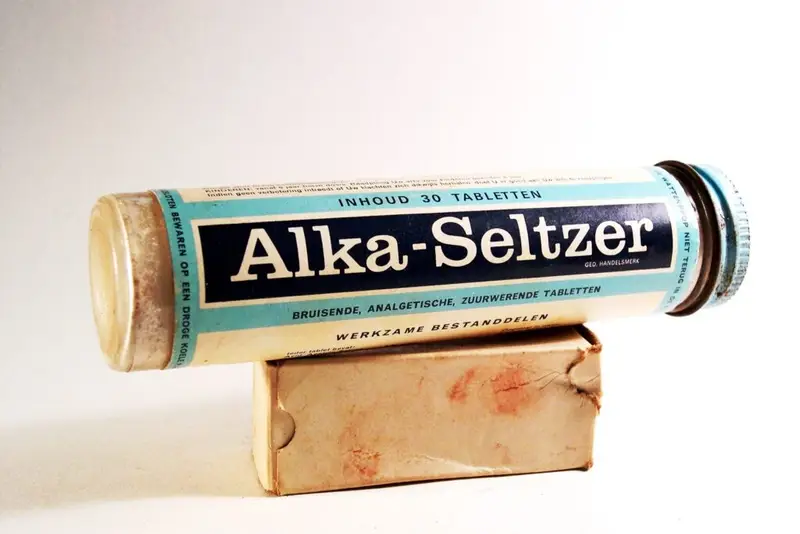
This commercial was meant to sell a simple antacid, but what people remember most is the endless struggle of a man trying to eat a giant meatball on camera. Take after take, he choked, coughed, or winced as he repeated the line “That’s a spicy meatball!” with less and less enthusiasm. The humor was there, but it had little to do with actually selling medicine. Instead, viewers ended up laughing more at his misery than remembering the product.
It was a strange approach to marketing stomach relief because it seemed to emphasize discomfort more than comfort. Still, the commercial stuck in people’s minds thanks to its chaotic energy. Today it’s remembered less as an ad and more as a slapstick skit. It made no sense as a pitch, but it sure became unforgettable.
2. Life Cereal’s “Mikey Likes It”
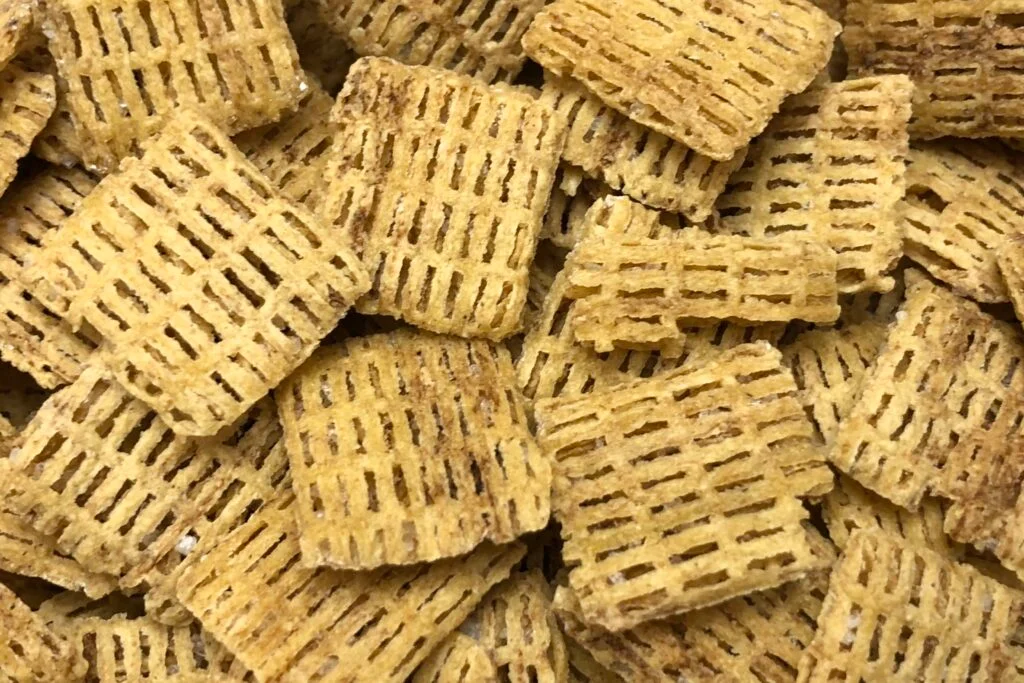
The ad showed two brothers daring their little brother, Mikey, to try a bowl of Life cereal because “he hates everything.” To their surprise, Mikey dug in and loved it, which became the whole selling point of the cereal. The problem is, nothing about Mikey’s stamp of approval guaranteed that adults or anyone else would actually enjoy it. It was as if the company declared, “If this cranky kid eats it, you should too!”
While catchy, it didn’t really explain what Life cereal tasted like or why you should buy it. Mikey himself became a mini-celebrity, but the whole campaign leaned on one picky kid’s taste buds. It was charming but completely illogical. People still quote “Mikey likes it!” decades later without remembering much about the cereal itself.
3. Dr. Pepper’s “Be a Pepper”
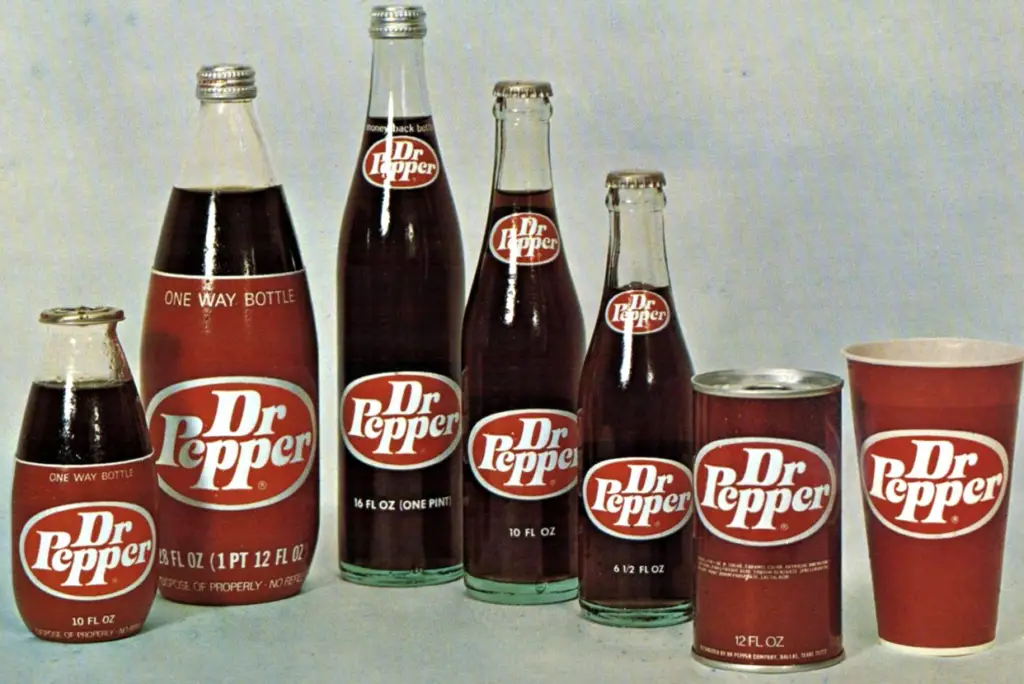
This campaign featured cheerful crowds singing and dancing about being a “Pepper,” which supposedly meant someone who drank Dr. Pepper. It made soda drinking feel like joining a club, but the message got lost in the choreography. The commercial basically suggested you weren’t complete until you carried a can of Dr. Pepper around.
Instead of convincing you it tasted good, it tried to make soda drinking into an identity. The concept was confusing—why did being a “Pepper” matter? Still, the upbeat music and goofy group energy made it one of the most memorable ads of the decade. It made no sense, but it was impossible to forget.
4. McDonald’s “McDonaldland”

McDonald’s commercials in the ’70s introduced Ronald McDonald’s bizarre friends like Mayor McCheese, the Hamburglar, and Grimace. The setting looked like a trippy children’s show rather than a hamburger chain ad. You had talking cheeseburgers, a tree that grew apple pies, and a purple blob stealing milkshakes.
None of it really explained why the food was worth eating. Instead, kids were lured into a surreal cartoon world that felt more like a Saturday morning show than a fast-food ad. The odd mix of politics, crime, and burgers somehow worked, even though it didn’t make much sense. It remains one of the strangest brand universes ever created.
5. Tootsie Pop’s “How Many Licks”

This ad asked the world’s most unanswerable question: how many licks does it take to get to the center of a Tootsie Pop? Instead of answering, they handed the task to a cartoon owl who took three licks before crunching down on it. It was silly, and it didn’t even try to give you a number.
The randomness of letting a cartoon bird decide felt like an odd choice for selling candy. Still, kids repeated the question endlessly, even though the commercial never gave a straight answer. It was more of a riddle than an ad. Decades later, people still ask the question, proving nonsense sometimes sells.
6. Calgon’s “Ancient Chinese Secret”
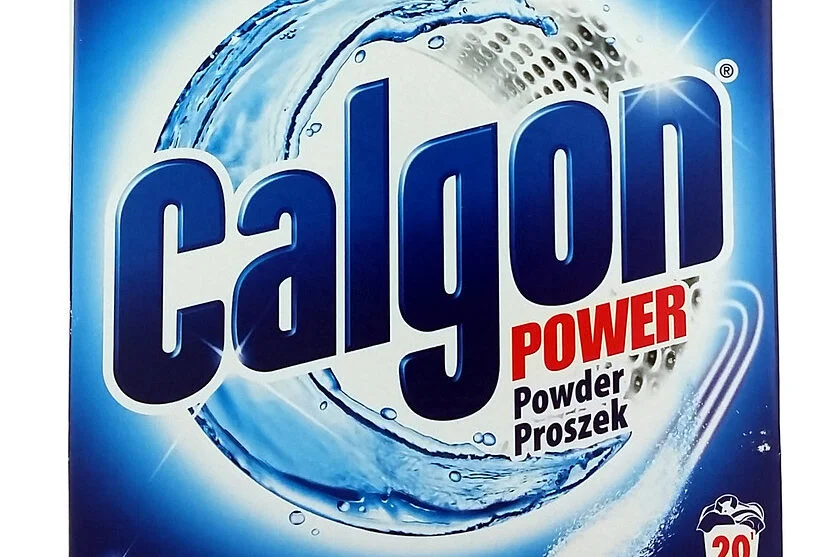
This ad showed a Chinese laundry owner being asked how he gets clothes so clean. His wife reveals it’s just Calgon detergent, but he insists on calling it his “ancient Chinese secret.” The ad leaned on a stereotype that made little sense, especially since the product was just laundry soap.
While it’s remembered now for being cringeworthy, at the time it was treated as quirky and mysterious. The whole setup didn’t explain why Calgon worked better than other detergents. Instead, it was built around a gimmick that aged poorly. It’s a perfect example of a ’70s commercial that makes people shake their heads today.
7. Coke’s “I’d Like to Teach the World to Sing”

Coca-Cola brought together a choir of young people on a hilltop singing about harmony and peace. The only connection to Coke was that they held bottles in their hands. The message was beautiful, but it had very little to do with soda. It was basically a music video with a product placement tacked on.
The ad made Coke feel like a symbol of unity, which was ambitious but confusing. Did drinking soda really solve world problems? Of course not, but the song was so catchy that people bought into the feeling anyway. It was nonsense marketing that accidentally became legendary.
8. Winston Cigarettes’ “Cuckoo for Cocoa Puffs”

Before strict ad rules, it wasn’t unusual for cigarette companies to run alongside kid-friendly commercials, which made for some odd TV pairings. Winston’s jingle about “Winston tastes good like a cigarette should” often aired back-to-back with the Cocoa Puffs bird screaming about cereal. The combination was bizarre.
Though not one commercial, the era blurred lines so much that kids watching Saturday morning cartoons often saw cigarette ads between toy pitches. The contrast made little sense, yet it was normal at the time. It highlighted how nonsensical ’70s ad slots could be. Looking back, it’s wild to think how casually they mixed markets.
9. Burger King’s “Have It Your Way”
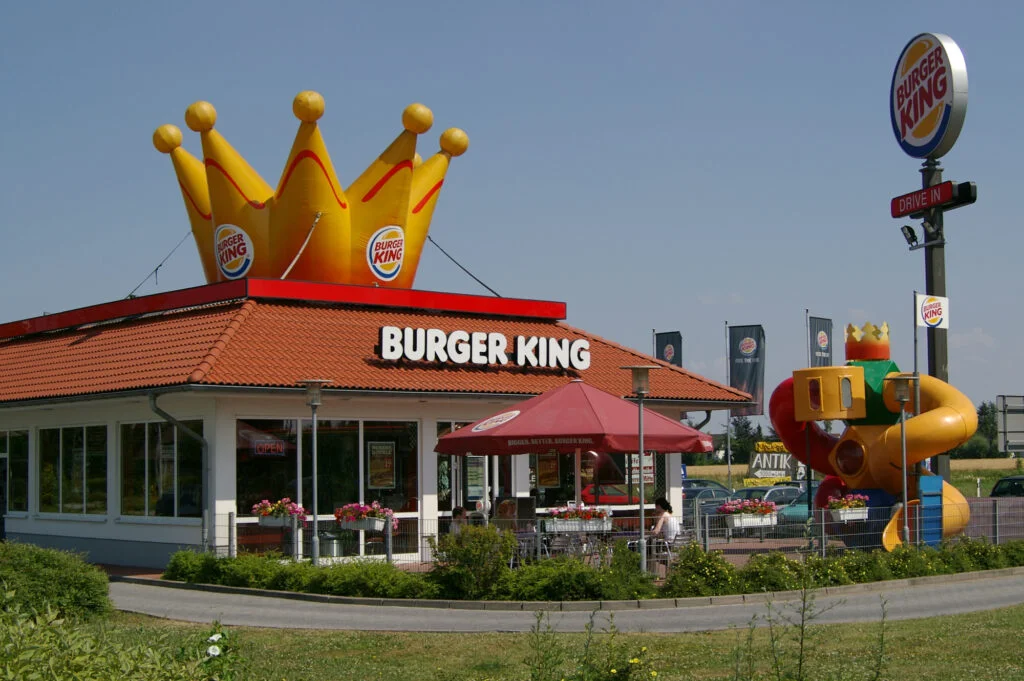
Burger King’s big selling point was customizing your order, which they turned into a jingle about removing pickles and lettuce. The ad showed people singing about personalizing burgers as if it were revolutionary. It was fun, but it made it seem like asking for no onions was a life-changing moment.
The over-the-top energy didn’t really match the tiny adjustment of getting a plain burger. While catchy, it was a strange attempt to turn basic customer service into a groundbreaking concept. Still, the jingle stuck in everyone’s head. It was an ad that made no sense in scale, but it became classic anyway.
10. Folgers’ “Peter Comes Home”
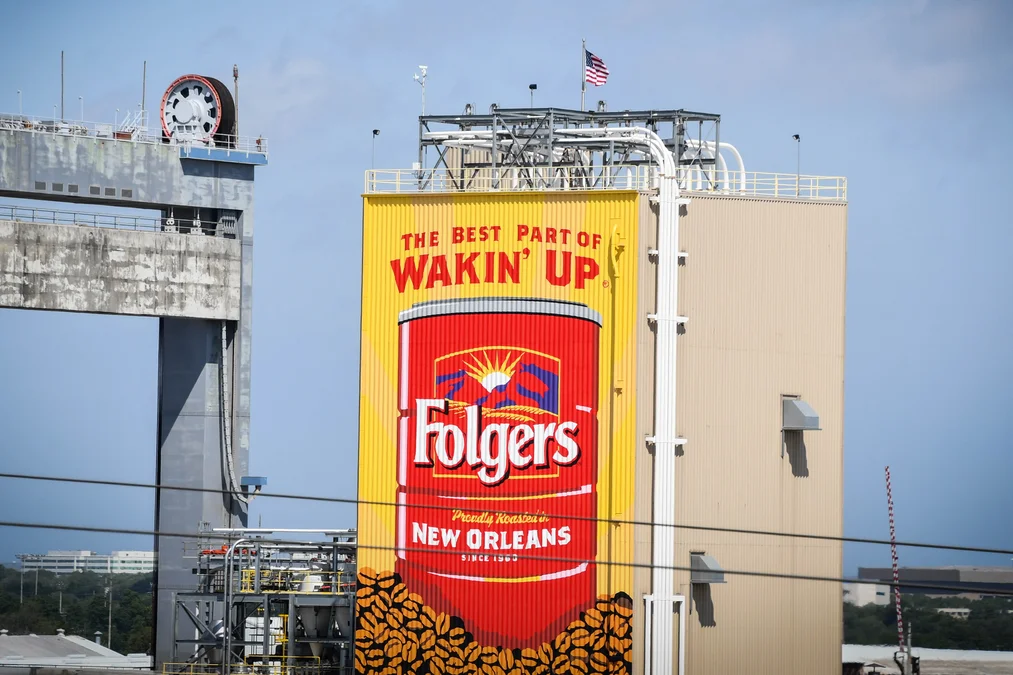
This holiday commercial showed a son sneaking into his parents’ house and waking everyone up by brewing coffee. The emotional reunion was sweet, but the coffee seemed almost irrelevant. The ad made it look like coffee itself was the reason families stayed close.
It tugged at heartstrings, but it didn’t explain why Folgers tasted better than anything else. Instead, it tried to sell nostalgia and family moments in a cup. It was confusing as a product pitch but effective as a sentimental short film. People still remember it even though the logic was flimsy.
11. Shake ’n Bake’s “And I Helped”
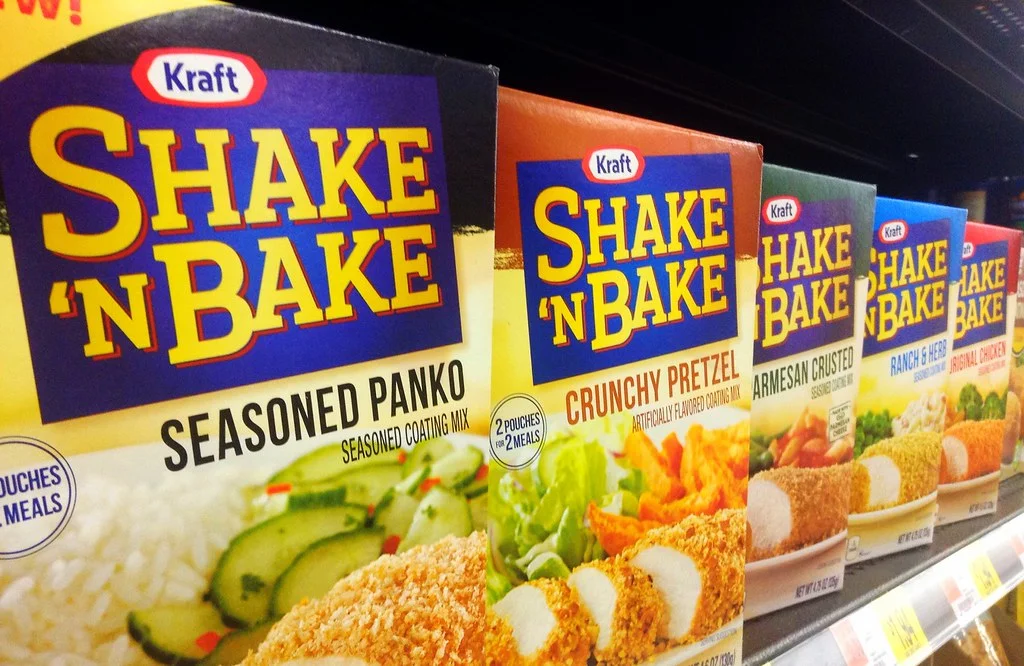
This ad featured kids helping their moms make fried chicken by shaking a bag of breading mix. The kids proudly declared, “And I helped!” as if they’d made the whole meal. It was cute, but it oversold the effort involved. Shaking crumbs in a bag isn’t exactly cooking.
The commercial tried to position the product as family bonding, but it ended up being unintentionally funny. Parents joked about how much “help” the kids really gave. It made little sense to frame it as teamwork, but it became a catchphrase of the decade. Even today, people still quote it with a wink.
12. Ajax’s “White Knight”
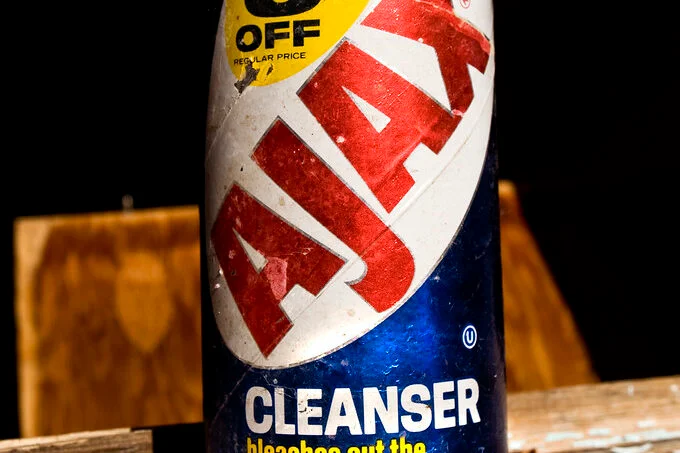
Ajax detergent ads featured a shining white knight galloping through neighborhoods, magically cleaning everything with a swipe of his lance. It looked like a medieval fairytale crashed into a suburban block. The knight’s sudden appearance to promote soap was surreal.
Instead of simply saying the detergent worked, they staged it as a fantasy adventure. It was strange, dramatic, and over-the-top for laundry powder. The imagery had nothing to do with clothes, but it made for memorable TV. It’s one of those ads that leaves you wondering what the pitch meeting was like.
13. Kool-Aid Man’s Wall Crashing
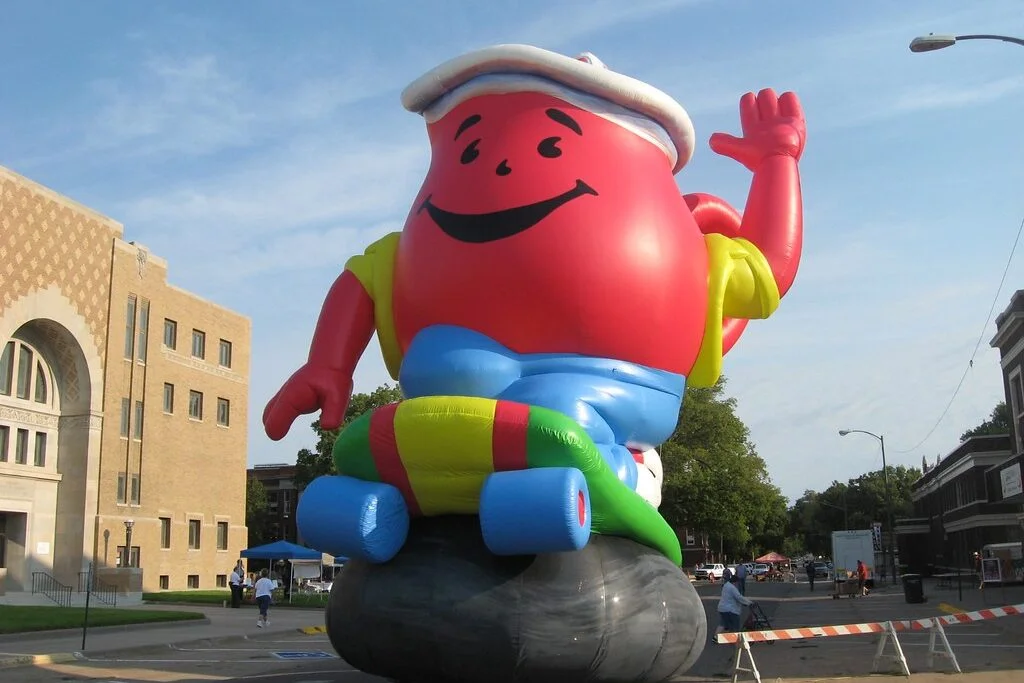
The Kool-Aid Man burst through walls shouting “Oh yeah!” to offer kids sugary drinks. The visual was hilarious but completely ridiculous. Why did he always have to destroy property to make an entrance? Parents watching must have wondered who would pay for the repairs.
The commercial sold excitement more than the actual drink. It made Kool-Aid seem like an unstoppable force rather than a powder you mixed with water. The chaos made no sense, but it made the brand unforgettable. The giant jug crashing through walls is still one of the most nonsensical ad mascots ever created.


